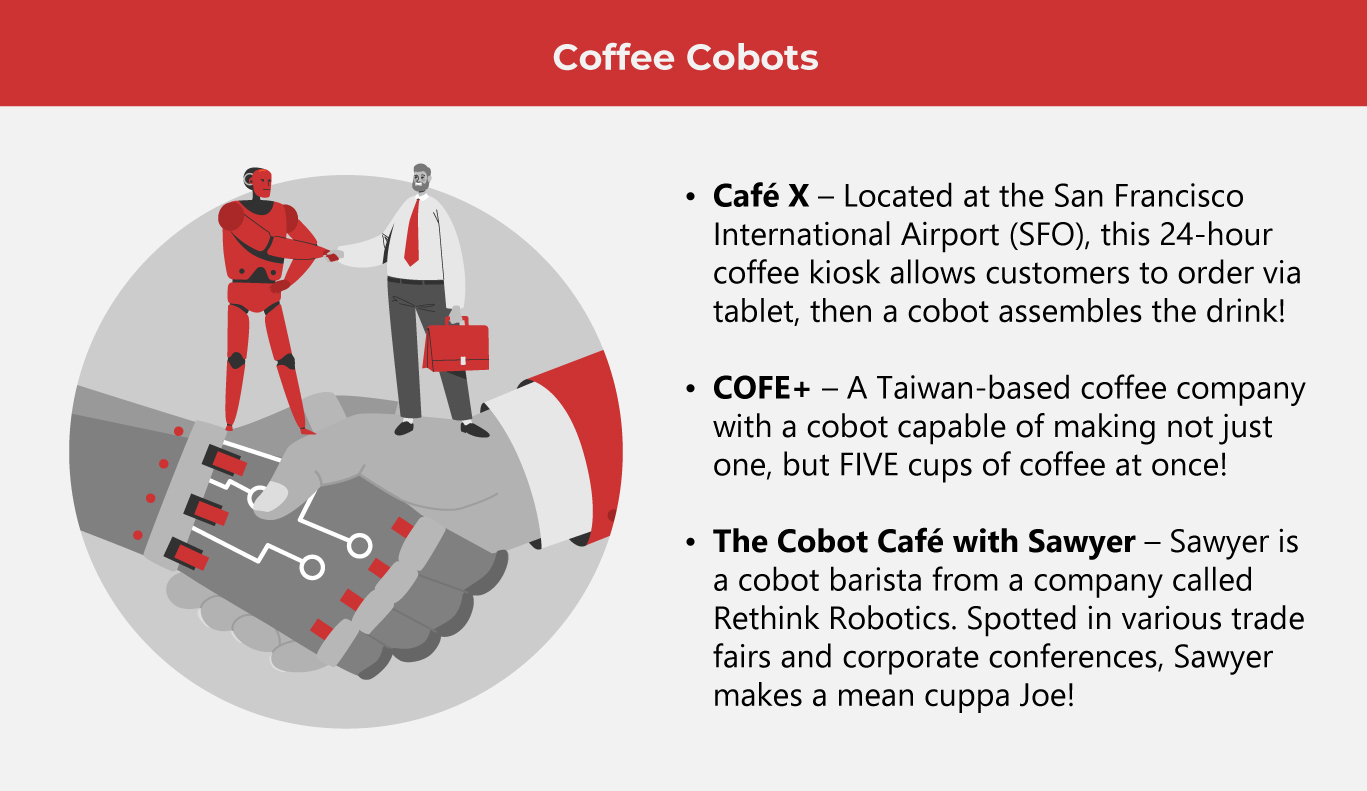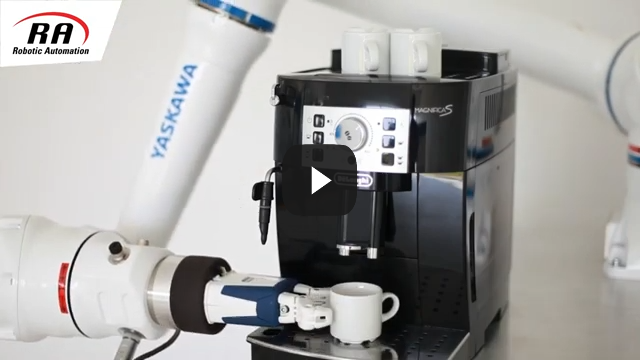The Rise of Cobots in 2023

Collaborative robots, or cobots are designed specifically to work alongside humans in a work environment. This year sees exciting new developments in the cobot field.
In manufacturing, having robots on the production floor is beneficial to increasing productivity, reducing workload for humans, and generally making operations faster and more efficient. However, many of these robots operate on high levels that may be unsafe for humans to be around or work alongside.
Enter the cobot.
Cobots are meant to work alongside human workers, not replace them. Many businesses across numerous fields of industry are seeing the benefits of having cobots working alongside their human workers. Highly customizable, lighter than conventional robot counterparts but just as powerful and agile, cobots can be applied almost anywhere there is manual and repetitive work.
(Also read: Manufacturing with Collaborative Robots)
Cobots are getting better
Schneider Electric recently announced their new cobot Lexium can lift 3 kg. This smaller cobot (called LXMRL03S0000 — a mouthful!) weighs a mere 12 kg and operates in a 626mm radius. According to Schneider, the cobot’s torque feedback is used to protect nearby humans from collisions.
The Lexium series of cobots is very versatile in terms of mounting options. It can be wall-mounted or table-mounted, and it can even be mounted on ceilings.
When it comes to applications, this particular model can do a variety of operations: from manufacturing applications such as gluing, palletizing, and welding. For the automotive industry, this cobot can be applied to assembly, painting, polishing, screw-driving, and pick-and-place tasks.
Apart from being more compact and lighter than its predecessors, today’s cobots are becoming easier to set up and train. Schneider’s cobots can be trained via an app. Its manufacturers boast that it is very easy to set up and is plug-and-play. It can be controlled wirelessly via a tablet and is available on iOS, Android, and Windows operating systems.
Coffee, Tea, or Cobot?
One area of industry where cobots are making a bigger splash this year is the food and beverage industry.
Because cobots can be customized and fitted with peripherals such as grippers, these can be added to the café workforce. Many coffee shops have started bringing in cobots to their teams, with great results. Bringing in cobots to coffee shops is just one of the creative applications of these amazing hi-tech helpers. 
Cobots are being embraced by coffee joints the world over. And why not? Cafes are perfect places for cobots, allowing human baristas to concentrate on customer service and interactions while cobots assist with the assembly and delivery of beverages, cutting down waiting time significantly.
The cobot barista at Café X at the San Franciso International Airport can even do a little dance when it’s not busy brewing up a cup of steaming coffee!
Tech HQ reports that the trend of using cobots in the food and beverage industry is rising, especially with high-mix low-volume (HMLV) production. This is also known as “made-to-order” manufacturing, where a high number of products are needed but in smaller quantities. Cobots come in very handy in these scenarios, as these can be programmed to do highly specific tasks with accurate regularity. The cobots can be programmed to handle the required packaging automation for these tasks.
Where cobots are headed
Other areas that experts anticipate cobots to reach are in the healthcare and hospitality sectors. There are plenty of opportunities for cobots to be applied in these areas, especially when used alongside generative AI technology.
Tech HQ says that large language models (LLMs) can add another layer to cobots. This technology can give cobots the capacity to learn for themselves the tasks required, rather than having them programmed may reshape the types of jobs that humans have in the future.
It depends on how we humans choose to utilize cobots so that we use them to free ourselves to concentrate on performing tasks that no cobot can do—provide a human touch when it comes to customers.
Communicating, providing care and compassion, offering a kind solution, and comforting other human beings are some examples of tasks that humans should be able to concentrate on if cobots are there to help with all the machine-like tasks. There’s a lot of potential for the human workforce if we are smart enough to realize the benefits this technology can offer.
As one of the Top 20 EMS companies in the world, IMI has over 40 years of experience in providing electronics manufacturing and technology solutions.
We are ready to support your business on a global scale.
Our proven technical expertise, worldwide reach, and vast experience in high-growth and emerging markets make us the ideal global manufacturing solutions partner.
Let's work together to build our future today
Other Blog




